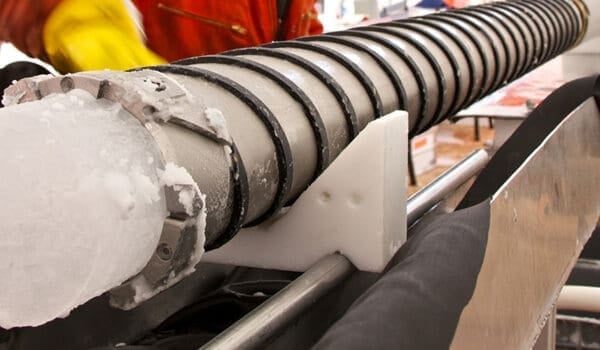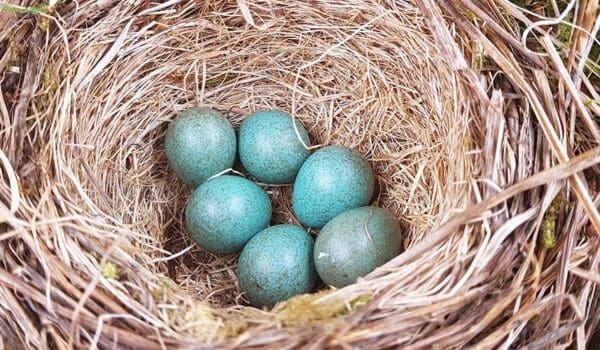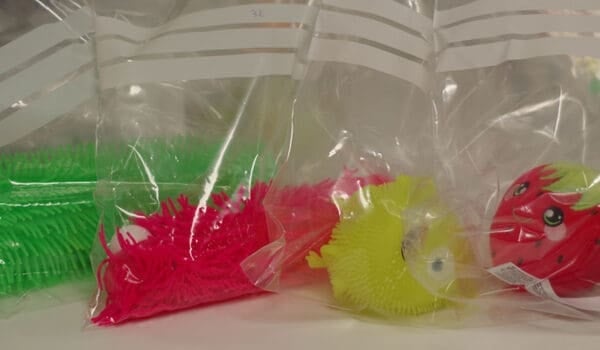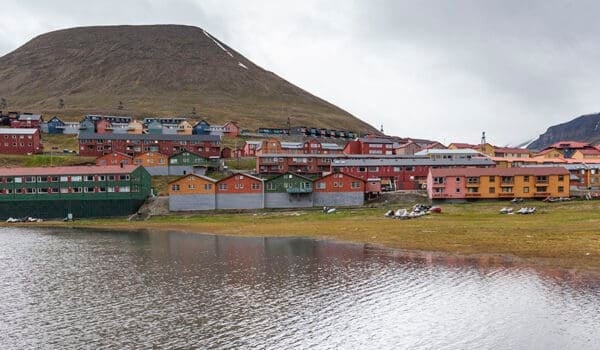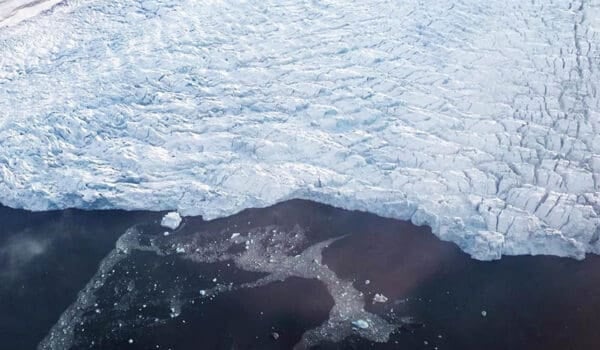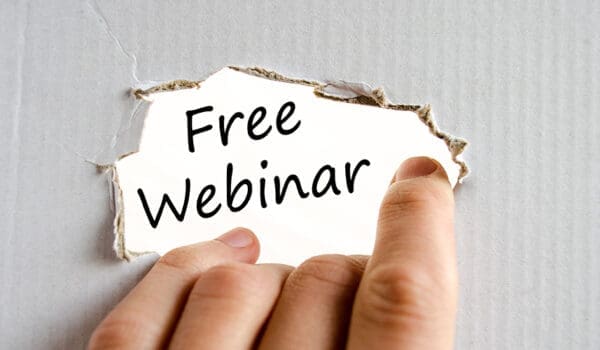
Arctic Frontiers side event: Turning science into policy for a sustainable Arctic
Join the COPE project at Arctic Frontiers in Tromsø for the side event “Turning science into policy for a sustainable Arctic – How to cope with an Arctic ecosystem under multiple pressures?“










